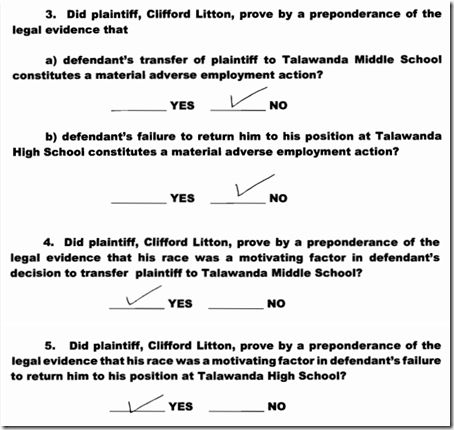Reductions-in-force present a unique issue for an employer defending its decision in a subsequent discrimination case. The employer already has its legitimate, non-discriminatory reason baked into the termination—the economics of a layoff, which often causes qualified employees to lose their jobs. For this reason, reduction-in-force cases are often singularly focused on the issue of pretext.
In Beck v. Buckeye Pipeline Services Co. (6th Cir. 9/28/12) [pdf], the plaintiff claimed that the employer’s use of subjective criteria to select her for inclusion in the layoff created an inference that the employer singled her out because of her age or gender.
While agreeing the subjective decision-making can prove problematic in some cases, the court disagreed that its use is per se discriminatory.
Subjective criteria, it is true, sometimes make it difficult to distinguish between lawful and unlawful employment actions, and they deserve careful scrutiny…. When all is said and done, the use of subjective evaluation criteria does not by itself show discrimination, particularly in a reduction in force case.What factors did the court rely upon to conclude that this employer’s use of subjective criteria in this layoff did not create an inference of discrimination?
- There was no evidence that a disproportionately high rate of women or older workers were included in the layoff.
- There was no evidence that the employer’s use of subjective evaluation procedures was a deviation from its normal decision-making process.
- There was no evidence of dishonesty in the subjective decision-making process.
- What do your workforce demographics look like before and after the RIF, company-wide, department by department, and job function by job function? If it looks like your RIF affected women, minorities, or older workers more than their comparators, it will become harder to justify the legitimacy of the subjective criteria.
- Do you always use subjective criteria as part of your decision-making? If not, it will look like you added a subjective component to this RIF for a reason (to single out someone or some group). If nothing else, you will have to explain why you deviated from the norm, an explanation that may be enough for the employee to survive summary judgment and get his or her case to a jury.
- Was everyone honest in their subjective evaluations? The quickest way to buy yourself a jury trial is for the plaintiff to uncover dishonesty or other shenanigans in the decision-making process. If you are going to have a subjective component to any RIF, make sure the evaluations pass muster. How do they compare to past performance reviews? Have the employees ever been counseled, disciplined, or put on a performance plan? Are their objective criteria (sales numbers, for example) that could contradict a subjective evaluation?

 Stephen King’s Bag of Bones
Stephen King’s Bag of Bones
